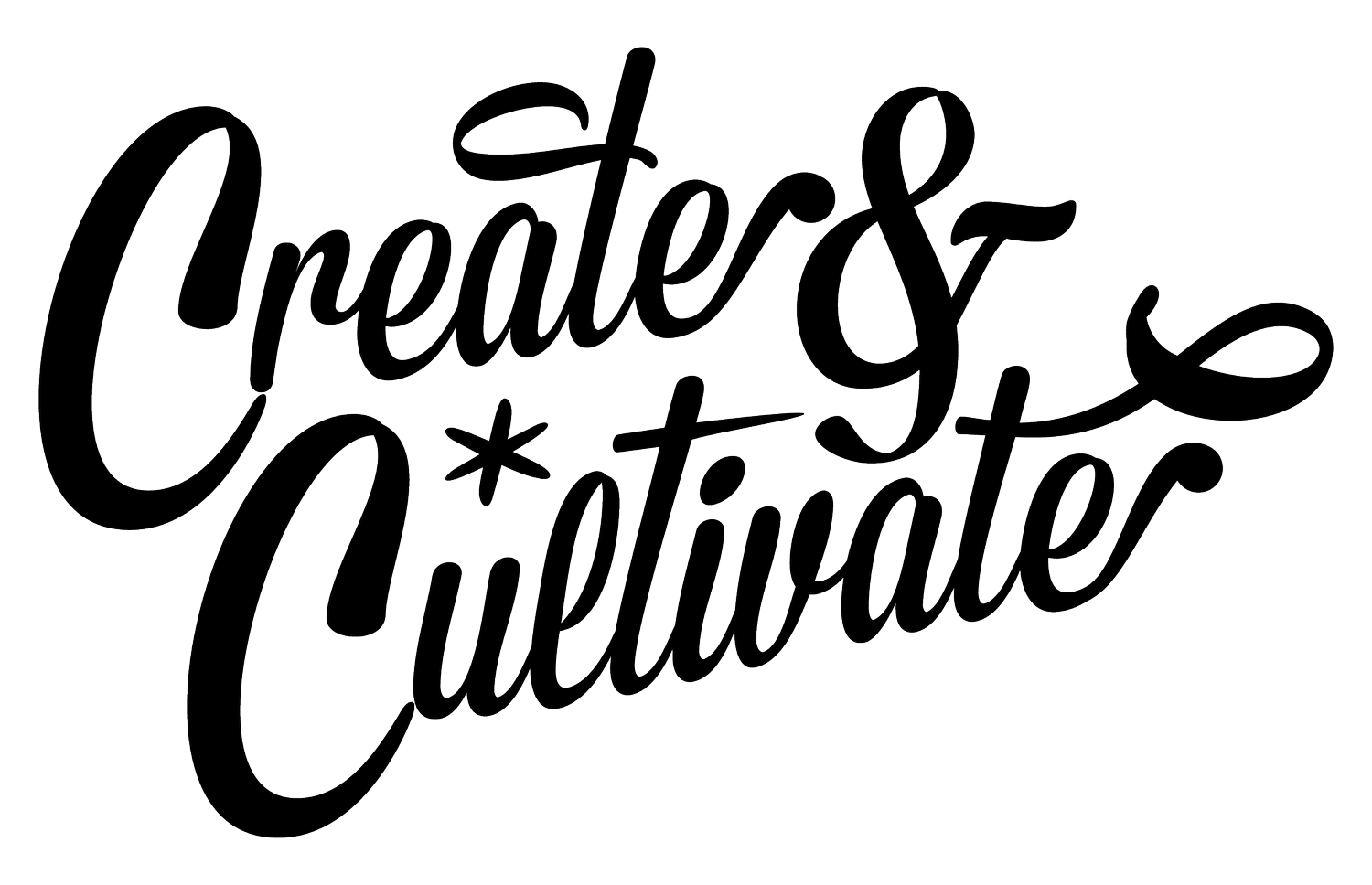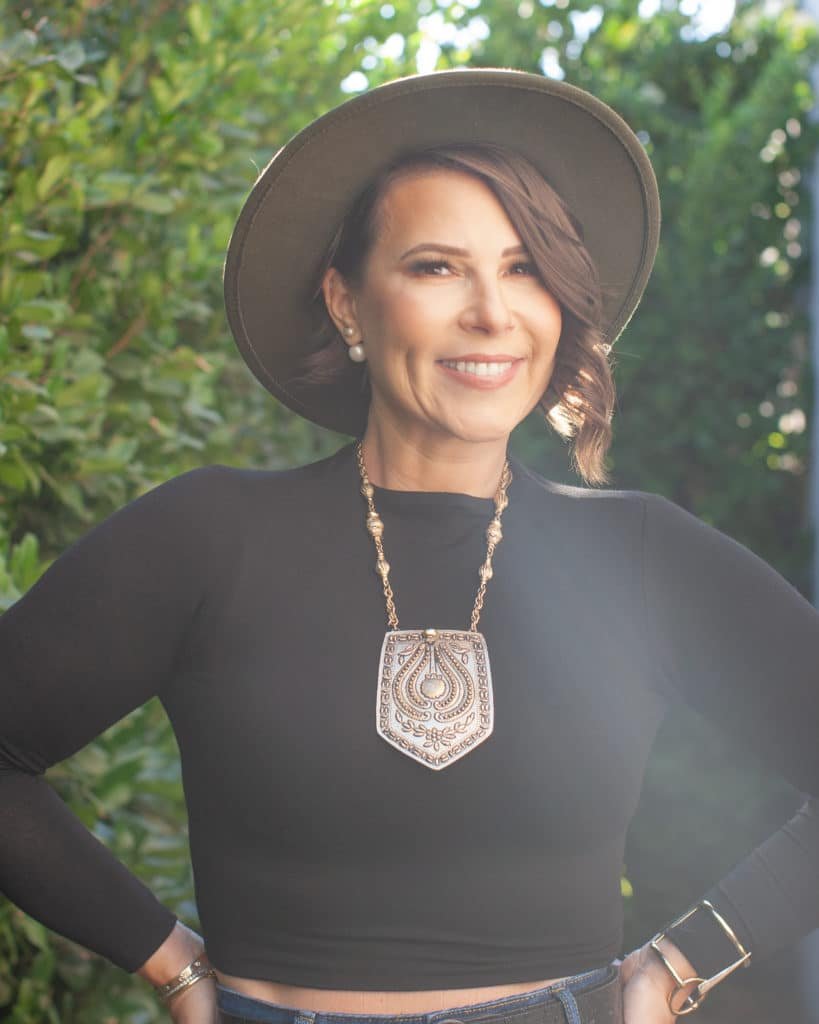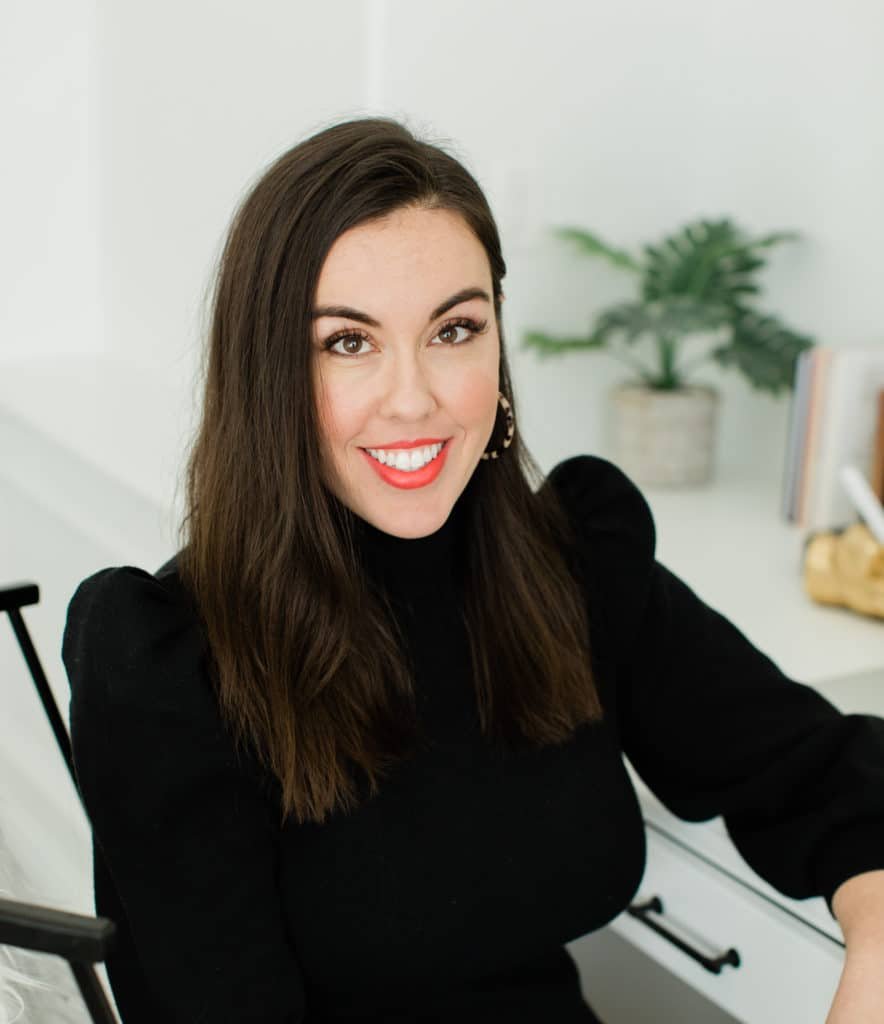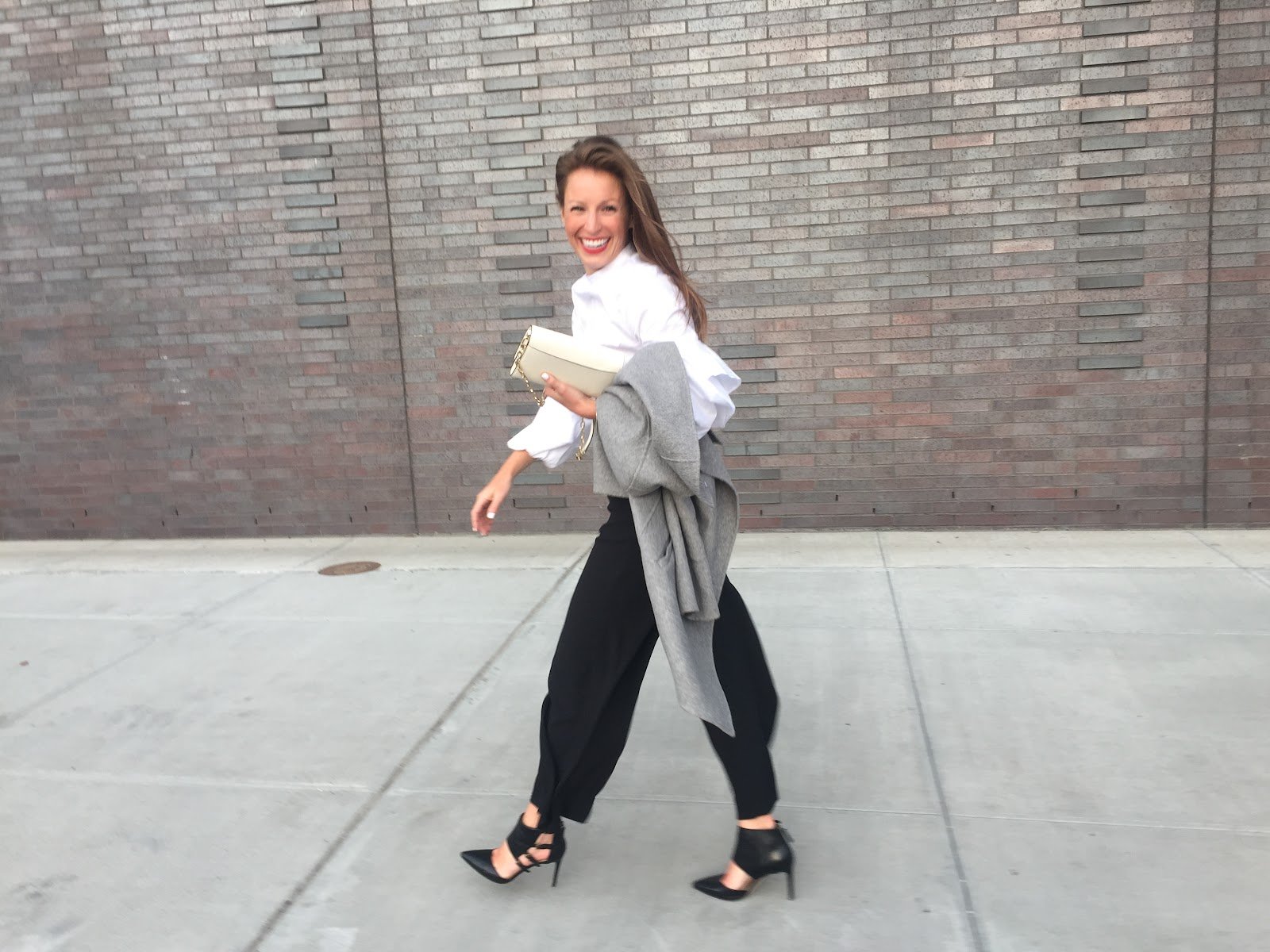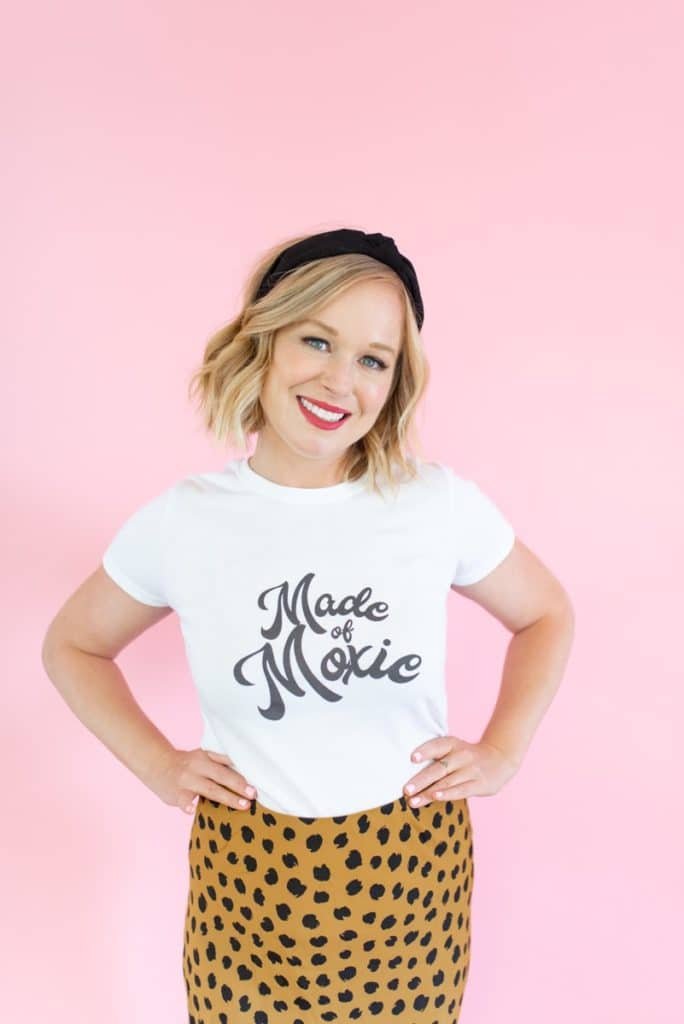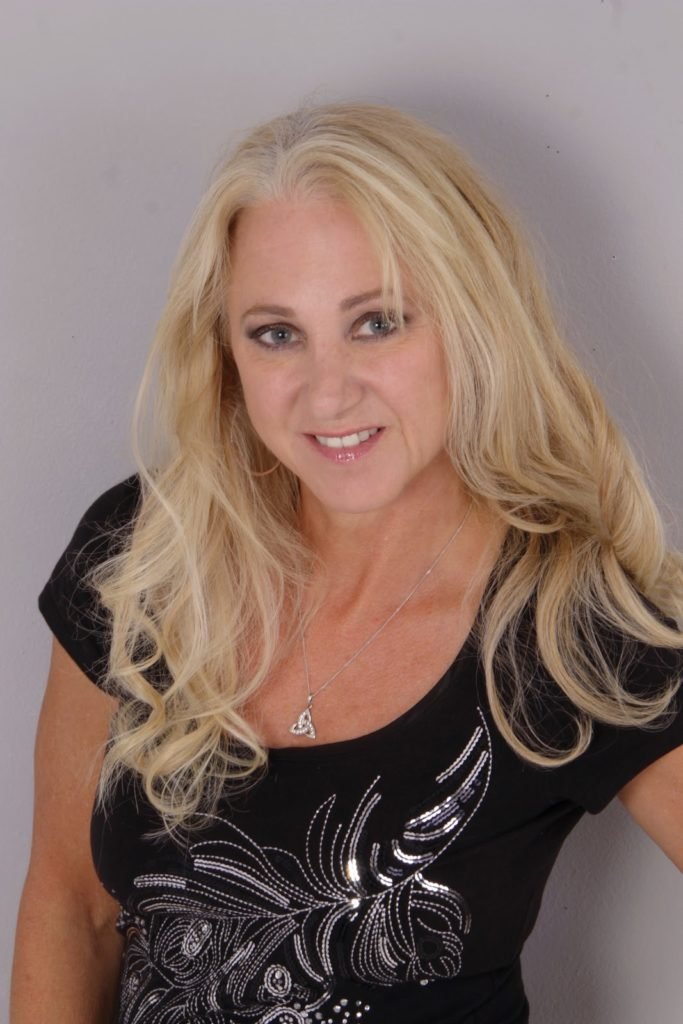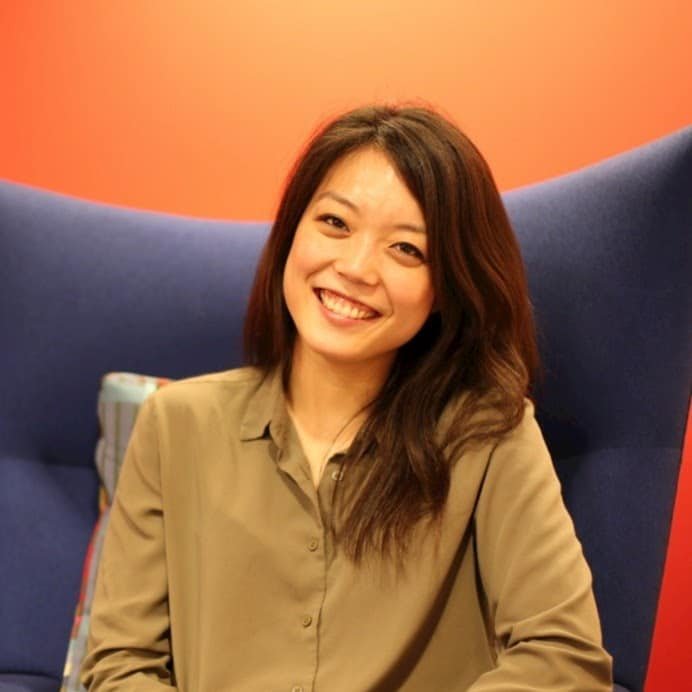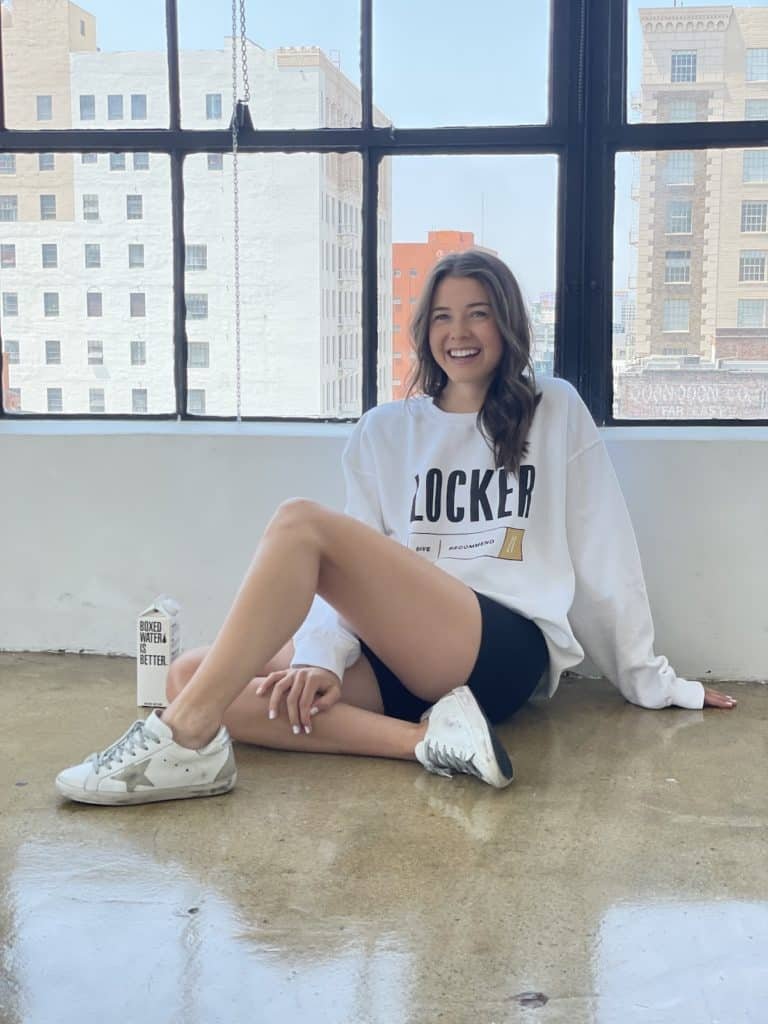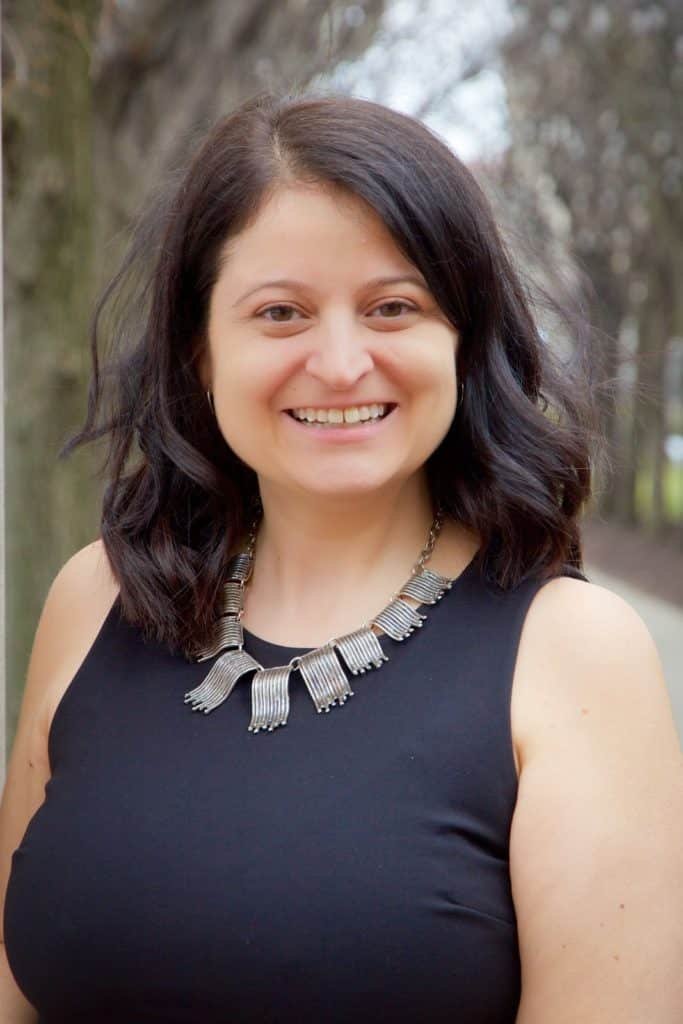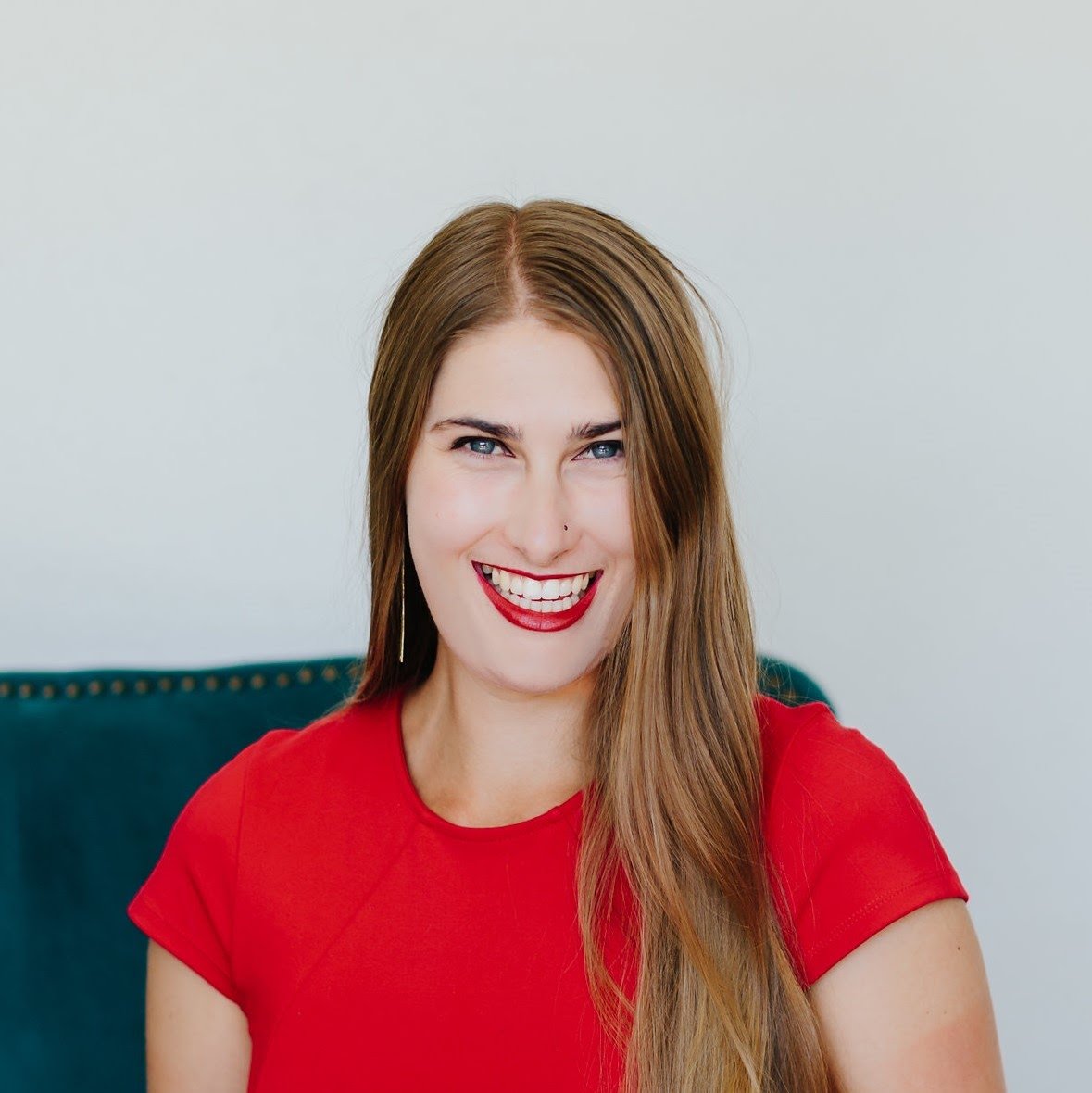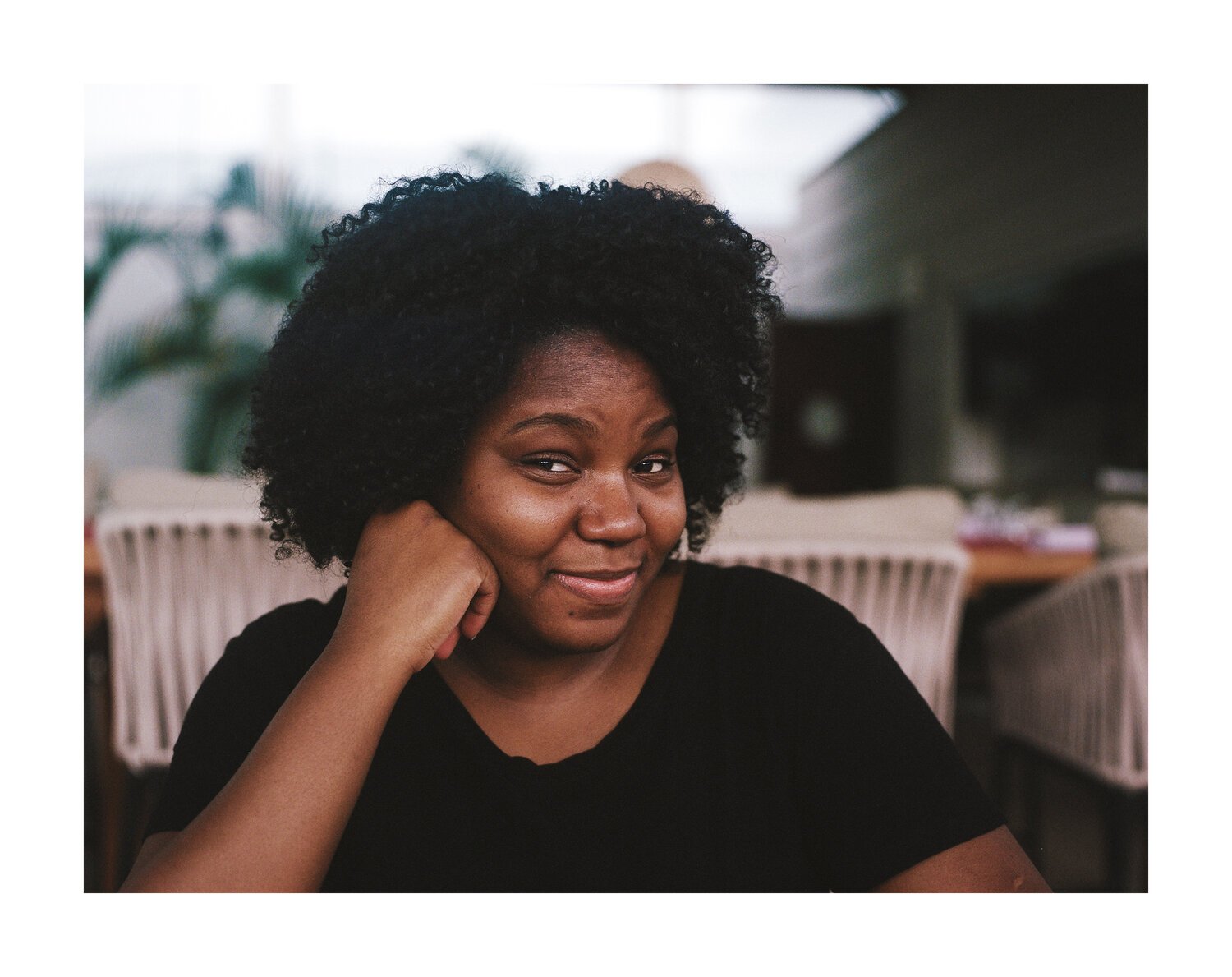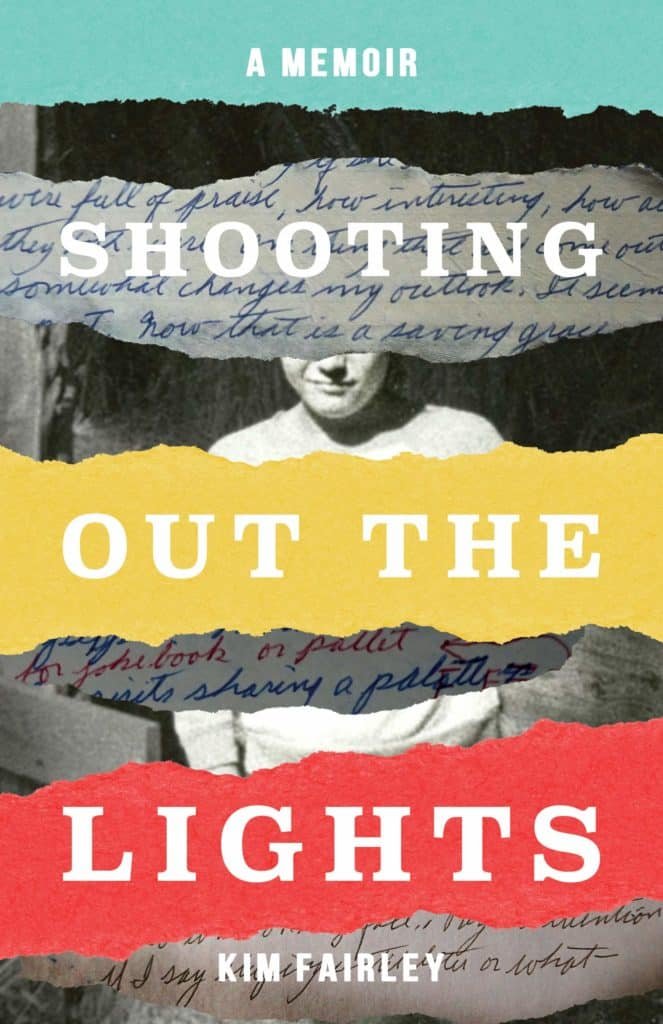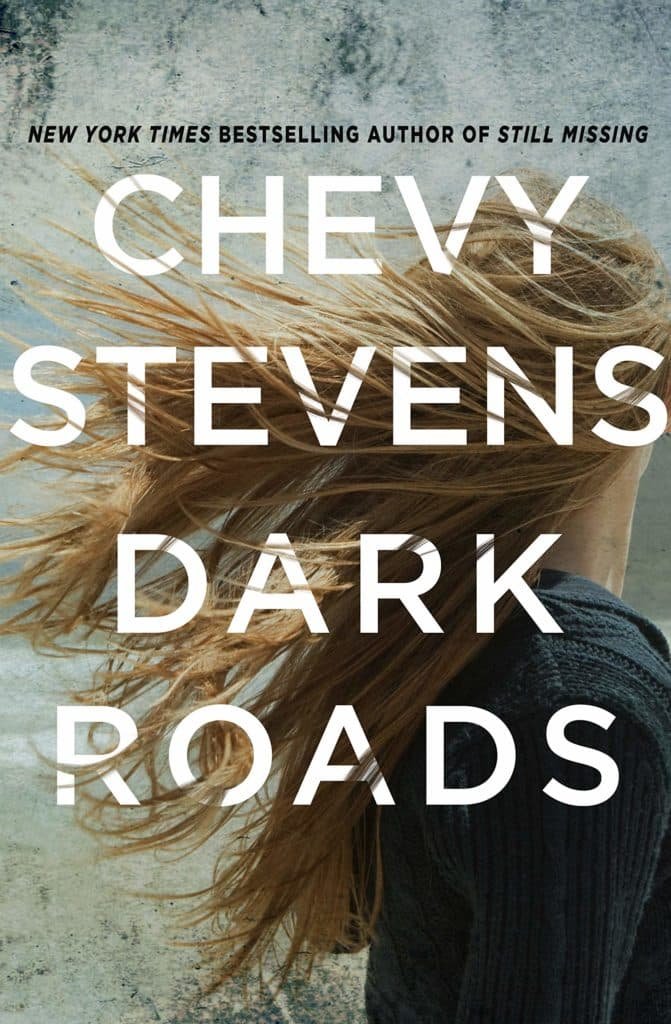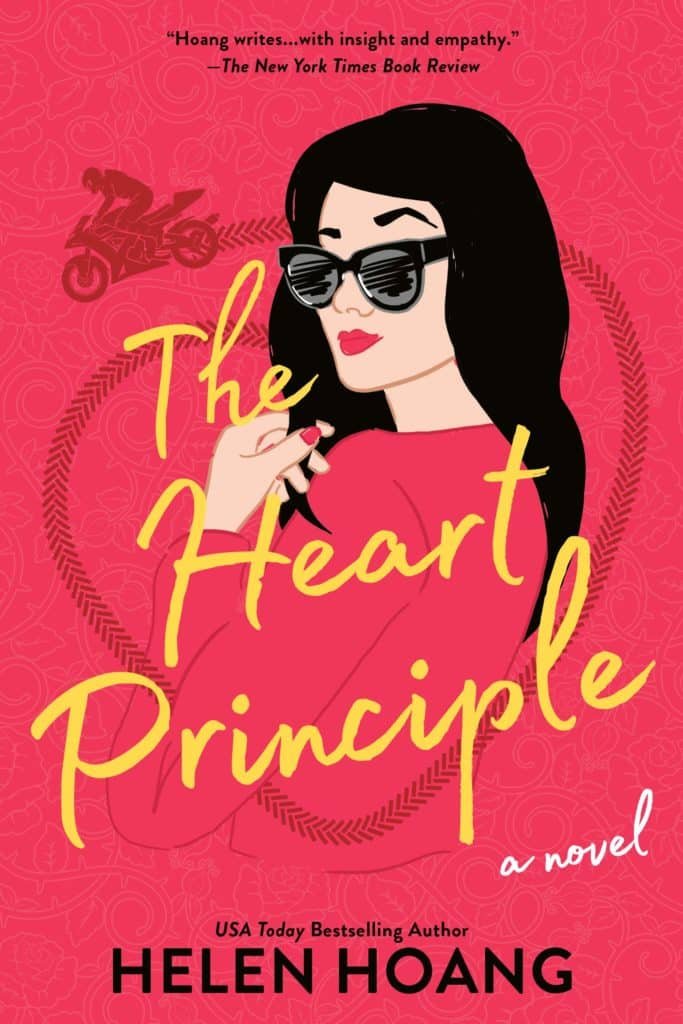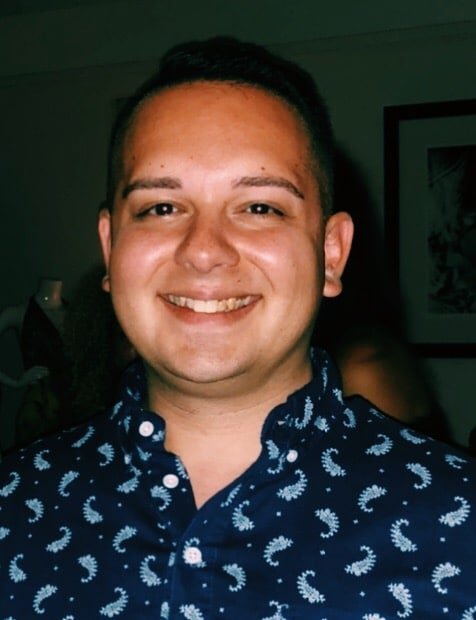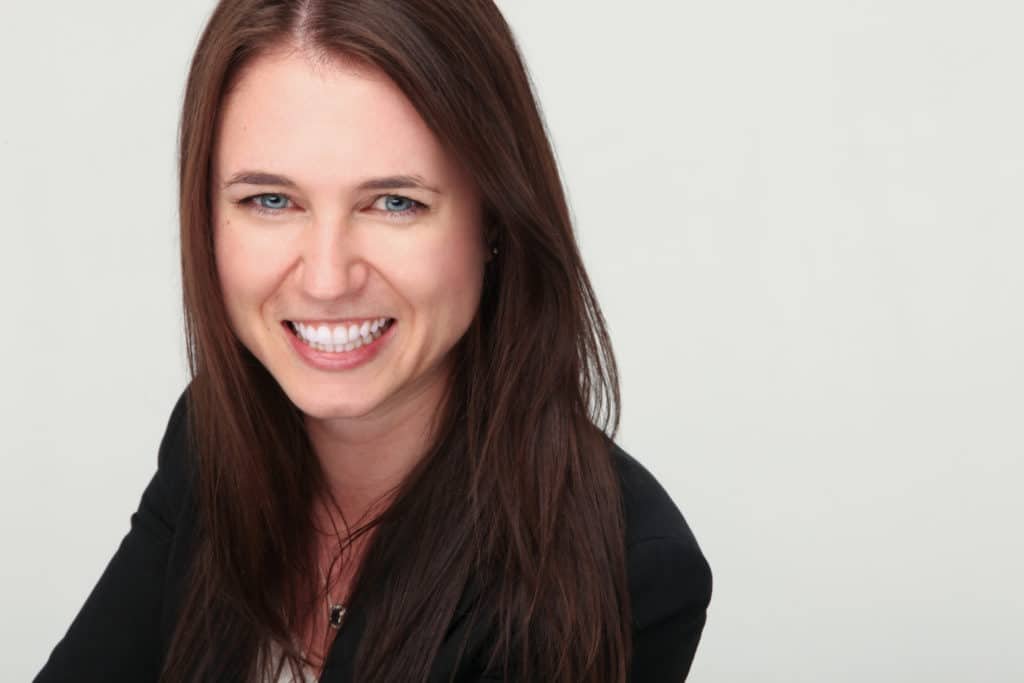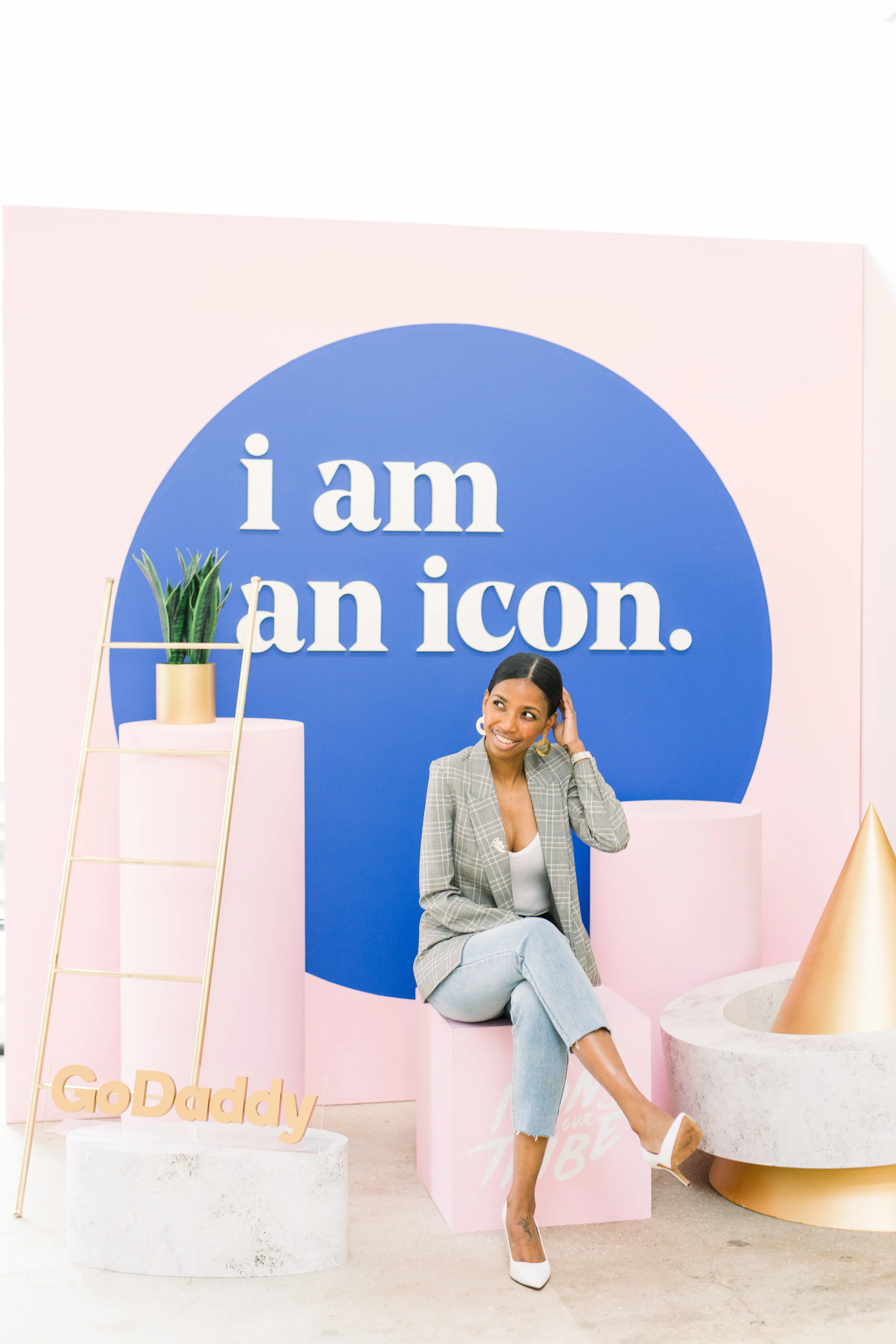Welcome to our series A Day in the Life where we ask women we admire to share the daily minutiae of their professional lives, from the morning rituals that set them up for success to their evening wind-down routines. In this edition, we’re chatting with credit specialist Tierra Jae. Below, the founder of New Beginnings Community Consulting & Restoration shares her daily routine, including what inspires her to wake up early each morning and how she stays motivated from 9-to-5 (hint: there's a Bluetooth speaker involved).
Tell us a bit about your business. What opportunity did you see in the market, and what need did you want to fill?
New Beginnings Community Consulting & Restoration specializes in second chances. We offer credit restoration services, bankruptcy assistance, non-violent criminal record expungements, and felon-friendly resources. We provide opportunities that allow individuals nationwide to enhance their overall quality of life. Recently, we launched The Credit Calendar, which is one of the first Black-owned credit management planners.
When I started my company in 2015, there weren’t many people in the finance industry that my demographic could identify with. Credit repair and criminal record expungements are personal to me because they are a part of my personal journey and what I’ve been able to overcome. I felt the need to share my knowledge and uplift my community because everyone makes mistakes but not everyone has the knowledge to positively move forward. Credit isn’t a topic that is taught in schools and most adults are embarrassed to discuss it—yet it affects some of the most important milestones that take place in your lifetime.
This is what also led me to create The Credit Calendar, a one-of-a-kind planning tool that helps individuals manage their credit score and ambitions. My goal when creating this company and The Credit Calendar was to help those who may not have the tools or knowledge to help themselves in this industry.
Now, let’s talk about your workday routine! First, are you a night owl or a morning person? When do you do your most important work and why?
I am definitely a morning person and that’s when I do the bulk of my important work. I like to wake up early and knock things off my to-do list before my clients, family, and friends start contacting me. However, I am known to be up until the middle of the night if I’m working on a task or project. Sometimes I really get “in the zone” and lose track of time. I hate not completing a task before it’s done, especially when my momentum is high and I’m on a roll!
What time does your alarm go off, and what’s the first thing you do upon waking?
I actually don’t have an alarm. I wake up around the same time every morning—around 7 a.m. It’s kind of ironic because prior to starting my business I couldn’t wake up early! It’s true, when you are doing what you love, you definitely become more of a morning person.
What does your morning, pre-work routine look like?
Every morning, I take a few sips of coffee or tea while making my first social media post of the day. Then I proceed to plan out the rest of my daily social content for all of my platforms. I glance over my weekly to-do list and cross out the tasks that I completed the day before. I always create a smaller list of things I need to complete by the end of the day. Once I have everything in writing, I begin knocking out the tasks.
Mark Twain said, “Eat a live frog first thing in the morning and nothing worse will happen to you the rest of the day.” What’s the first thing you do when you get to your desk?
As soon as I sit down, I turn on something to listen to! I have to work with music playing; it’s like my secret sauce. There is almost always a playlist or podcast blasting from my Bluetooth speaker. I always listen to something that will spark my intellect, educate me on something new, or anything pertaining to my profession and industry.
What are you working on this week?
This week, I’m working on client progress reports and marketing content for social media. I took some marketing advice and created a content calendar. I highly recommend it to anyone that struggles with social media material.
What’s been the most rewarding part of running your business? The most challenging?
The most rewarding part of running my business is the response I receive from my clients! When my clients thank me for how my business helped them achieve a goal, I can't help but smile and be grateful. Hearing how I helped a single mom qualify for a new home, a small business owner leveraging their credit to improve their business, or a previous offender being able to secure employment as a result of my felon-friendly job listings—that’s rewarding.
The most challenging part of my business is figuring out how to take a break and slow down because I truly love what I do. I find it extremely hard to take a personal day with no work involved. I have to force myself to avoid work or deal with anything pertaining to business on Sundays. Sundays are meant to be a personal day.
Do you ever reach inbox zero? How do you handle the constant influx of inquiries and communication entrepreneurs are so familiar with?
My inbox has never seen a zero that didn’t have a number or two in front of it! I would probably panic if I ever looked at my inboxes and didn’t have messages. I’m a huge multitasker and I’m almost always on my phone or laptop. Constant communication is easy for me, it’s second nature actually.
I have a booking tool for all new inquiries which helps delegate my daily schedule and my clients have direct lines of communication to me via telephone, email, and client portal messages. I tell my clients “I’m only a text away” and they utilize that a lot.
The only time I regretted nonstop communication is when I only had one cell phone and my business and personal communication clashed. I had 40 active clients at the time and many would text me with questions, concerns, updates, new problems to solve, etc. That was a bit much, but I handled it all with grace.
What is your go-to work lunch?
My go-to lunch is whatever DoorDash has to offer that my DashPass will give me a discount on. Usually, I will have a smoothie or sushi; that’s if I don’t work straight through to dinner. I’m not proud of that but I’ve been trying to get better at not doing it.
What advice do you have for balancing the minutiae of day-to-day tasks with big-picture planning?
My advice for balance is creating a to-do list! I live by these lists and I highly recommend getting in the habit of creating them. It’s so satisfying to me when I check off a task on my list. I feel accomplished and it helps me break down my tasks from a busy week into days so the tasks don’t seem as daunting.
What are some work habits that help you stay healthy, productive, and on track to reach your goals?
Healthy work habits can be challenging when sitting at a desk the majority of the day but one thing I do is drink plenty of water. I drink five or more bottles of water a day. I also find that my home office helps me stay on track because it’s equipped with all the tools I need to work. The décor in my office also consists of my business accomplishments, which motivates me to keep going!
Any favorite apps you use regularly?
My favorite app right now is Canva. It's a life hack for entrepreneurs! Having access to design my own graphics when needed makes life so much easier. I’ve most recently fallen in love with TikTok as well. I learn so much just by using the app and it gets my creative mind going. TikTok is very versatile and I love that I can find business tips, recipes, workout routines, and shopping recommendations all in one. Lastly, Instagram reigns supreme when it comes to social media in my book. It’s helped me build, maintain, and now scale a successful business over the years.
What are you reading, watching, or listening to right now to help you wind down at the end of the day?
After a busy workday, I don’t normally need much winding down before my bedtime routine. The moment I lay down in bed next to my partner, I fall asleep within minutes. He actually jokes about how fast I can fall asleep once I’m comfortable. Some days, running a business can be really draining. I cook dinner for my family every night on the weekdays then I watch TV during dinner and it's typically whatever series I’m binge-watching on Netflix.
When do you go to bed? What’s your “optimal” number of sleep hours?
On most nights, I’m usually asleep by midnight. I get about seven hours of sleep regularly. I don’t believe in depriving my body of sleep to be super productive. Getting rest is very important to me.
What’s the most rewarding part of your day?
The most rewarding part of my day is climbing in my big comfy bed next to my partner and reflecting on my day that was spent doing what I love, which is helping others achieve their financial goals.
Featured image: Courtesy of Tierra Jae
